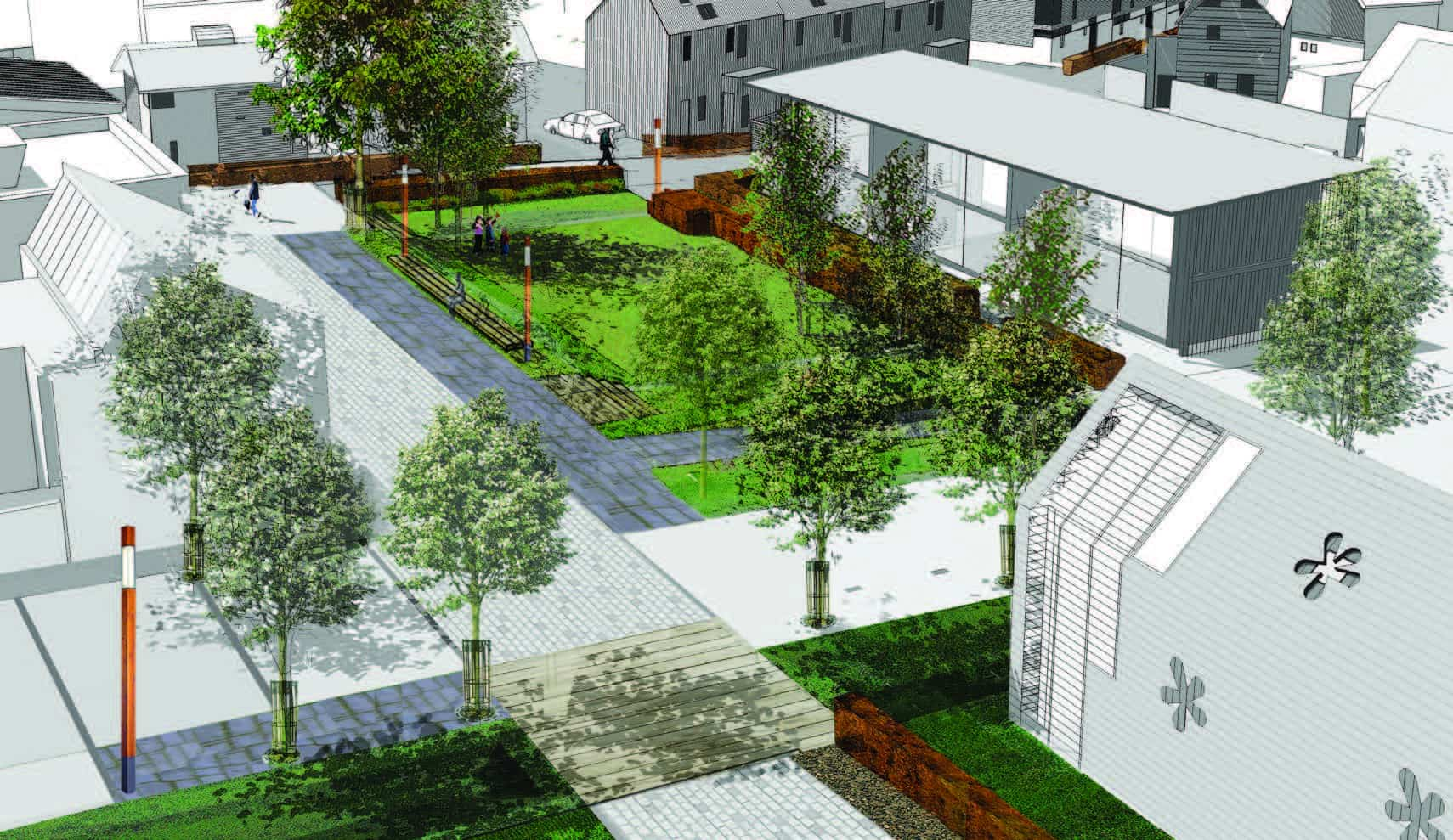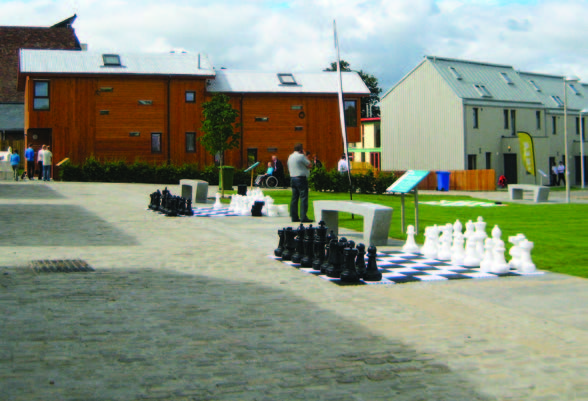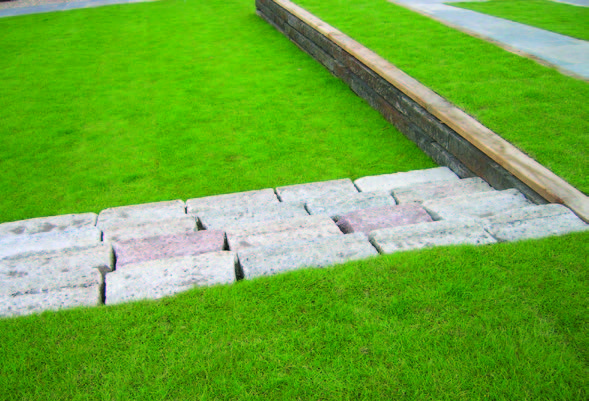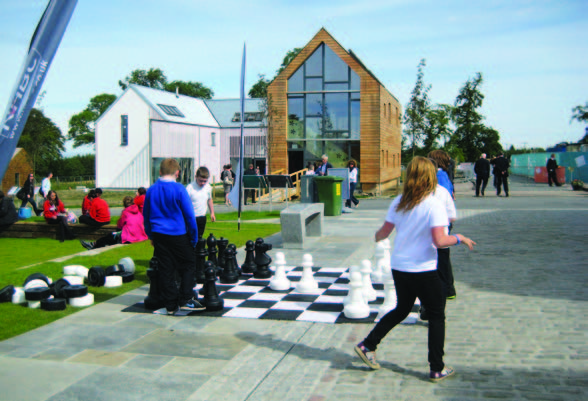Backed by the Scottish Government and the Highland Council, Scotland’s first housing expo was an opportunity to showcase new design ideas for our homes.
The event provided an opportunity to showcase some of the best practices in domestic architecture and urban design. It looked at the issue of what makes a good place and what it means for our fellow Scots.
The client and architect viewed the layout and design of the site and associated landscape and streetscape as equally important to the design of the houses at the expo.
The arrangement of terraces, avenues and streets around a central ‘green’ had a different urban character. This allowed opportunities for different types of architectural responses and materials.
The masterplan also set down a vision for designing to shared space principles, prioritising pedestrians over cars. It also addressed the various components of infrastructure that were seen as being vital to a successful new community.
Stone features
The layout of the site demanded high quality and hardwearing street surfaces. It used natural stone extensively, as it is a prestigious and timeless material: traditional yet modern. This would work well on a site with many different architectural styles.
The paving on the expo site is a mixture of Caithness flagstone paving slabs, recycled granite setts and gravel.
Active use of streets
The shared-space design philosophy had a profound influence on the design of the streets and on the architecture. The concept aims for a reconciliation of life on residential streets with cars and other vehicles. It aims to establish safe walking and cycling routes and balance the experience of all users, from pedestrians to children playing. It encourages more active and lively use of streets.
It also leads to a street character with joined-up buildings and routes. The experience changes drivers’ perceptions of space by using narrow streets, sharp corners, street trees, on-street parking and a strong pattern of paving highlighting pedestrian use.
The urban realm is further enhanced by an interesting selection of materials incorporated into the streetscape and accesses to the various houses.
Special techniques
The materials used on the site combine new paving slabs with reclaimed setts and kerb stones to create a fresh and exciting look.
Once part of Union Street and Church Street in Inverness, the granite setts and kerb stones formed street surfaces until they were overlaid with tarmac between the First and Second World Wars.
These had been gradually excavated over the past ten years during a city-wide streetscape project and remained in storage under the protection of the Highland Council. The stones were clearly beneficial, in terms of environmental sustainability, as it demonstrated the materials’ longevity.
The new paving slabs were quarried locally, from approximately 100 miles north of Inverness from Caithness. This generated social and economic sustainability benefits for the area.
The incorporation of recycled setts and kerb stones supports the expo’s sustainability credentials.
It gives the new peripheral development a connection with the historic core of the city and encourages the continuation of traditional skills and use of local materials.
A library of sustainable building materials
Our website includes a web-based resource that showcases sustainable, traditional, innovative, recycled and low carbon building materials. If you are looking for inspiration or information on different types of materials to consider for your project, visit our materials library.





